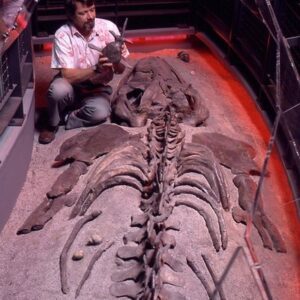Discovered during excavation works in 1993, nearly 1,800 years after its burial, the Trier Gold Hoard stands as the most extensive collection of Roman gold ever unearthed. This extraordinary find comprises 2,500 gold coins, weighing a total of 18.5 kg, creating a sensation in the archaeological community.
Rather than being a personal fortune, the hoard likely served as an official treasury, carefully managed and expanding over the centuries. The coins within the collection showcase a remarkable array, featuring 27 different emperors, empresses, and members of the imperial family, some of which remain unique and unparalleled to this day.
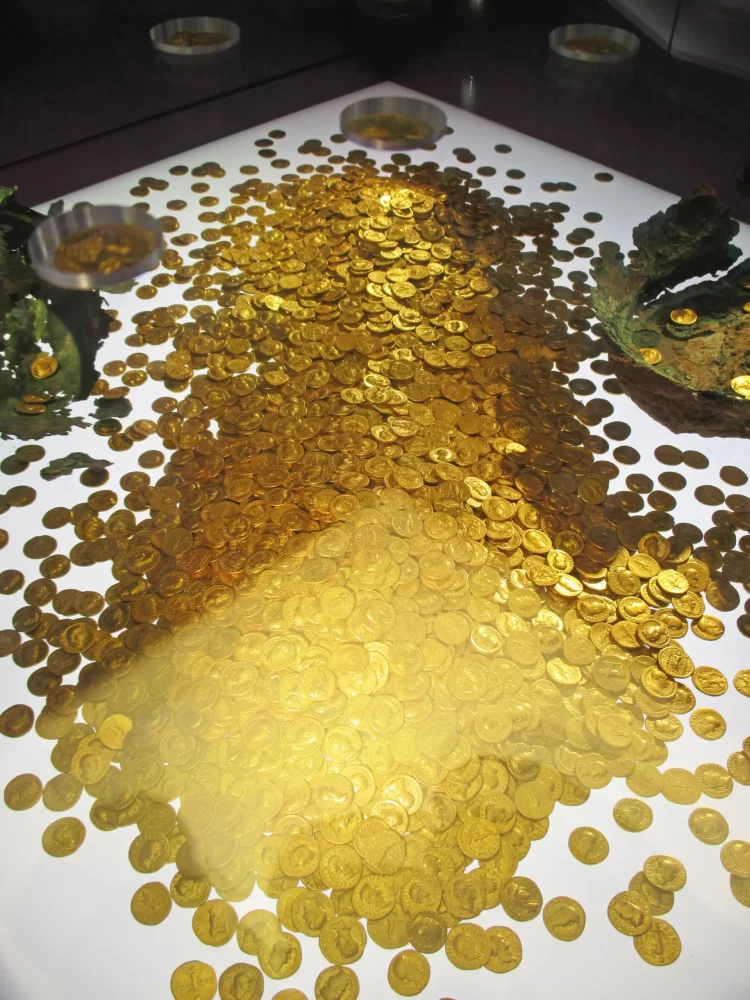
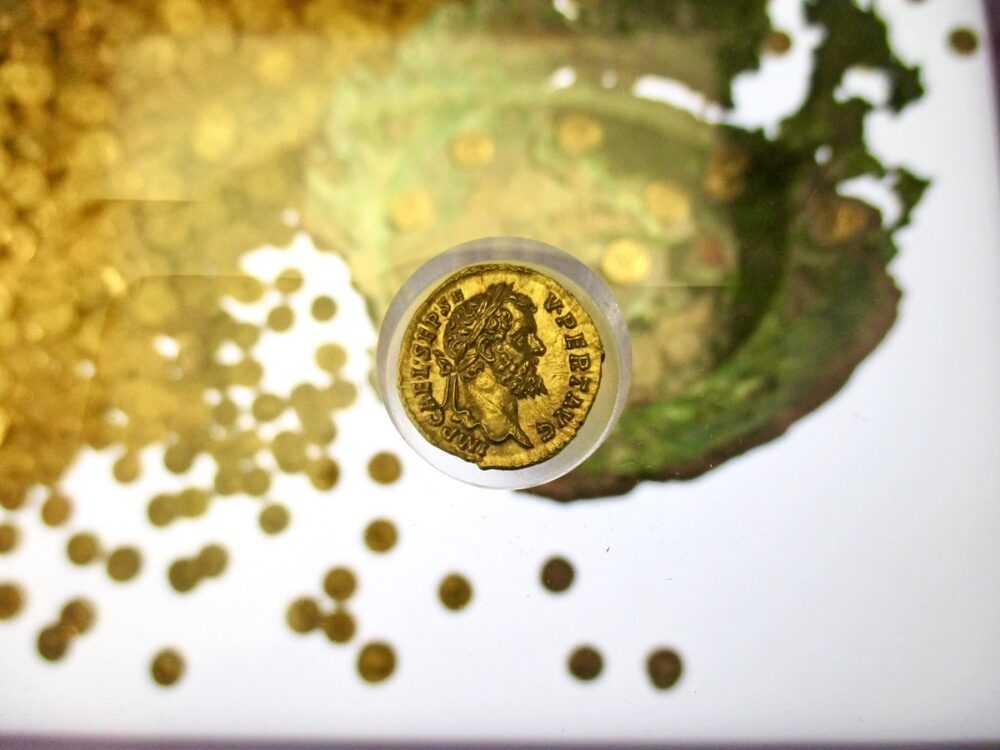
The gold coins found their resting place in a cellar during a civil war in 196 AD, a tumultuous period marked by Clodius Albinus leading a rebellion against Emperor Septimius Severus. The uprising stemmed from Severus appointing his son Caracalla as the successor instead of Albinus.
The individual responsible for managing the hoard presumably carried the knowledge of this clandestine stash to their grave. The unearthing of the Trier Gold Hoard not only provided historians and archaeologists with a tangible link to the chaos of Roman politics but also offered insights into the intricate workings of the Roman treasury.

Presently, the Trier Gold Hoard takes center stage in the coin collection at the Rheinisches Landesmuseum Trier. As one of Germany’s largest archaeological museums, it boasts an impressive exhibition featuring a grand total of 12,000 coins.
Within the Gold Hoard presentation room, visitors gain extensive insights into the evolution of the monetary system and the production of ancient, medieval, and modern currencies. This exhibition serves as a testament to the enduring significance of the Roman Empire and its profound impact on contemporary society.
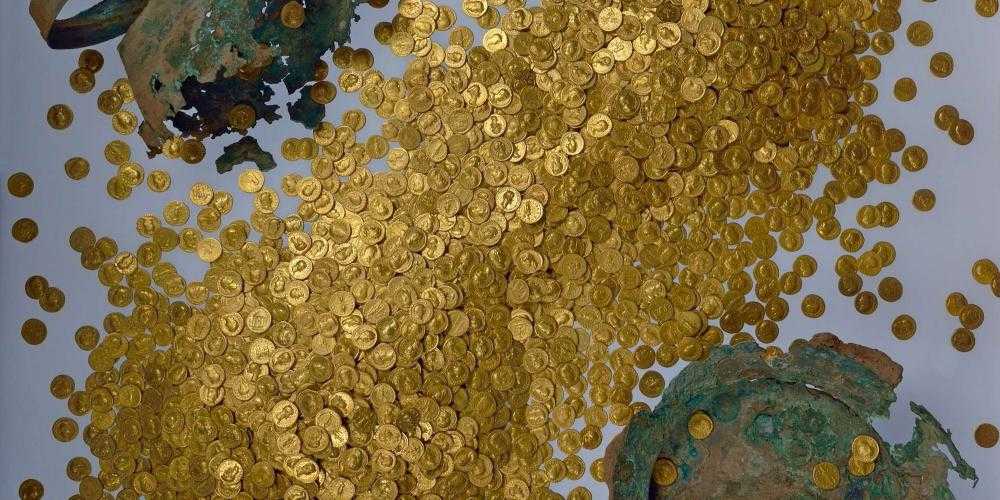
The Trier Gold Hoard stands as a precious and unparalleled historical artifact, offering invaluable insights into the workings and history of the Roman Empire. It serves as an excellent illustration of how emperors and the treasury functioned, providing crucial information about the monetary system of that era.
Unearthing the hoard has been instrumental in aiding historians and archaeologists in reconstructing the intricate nature of Roman politics and economics. Even to this day, the discovery continues to yield valuable information, contributing significantly to our understanding of this fascinating period.
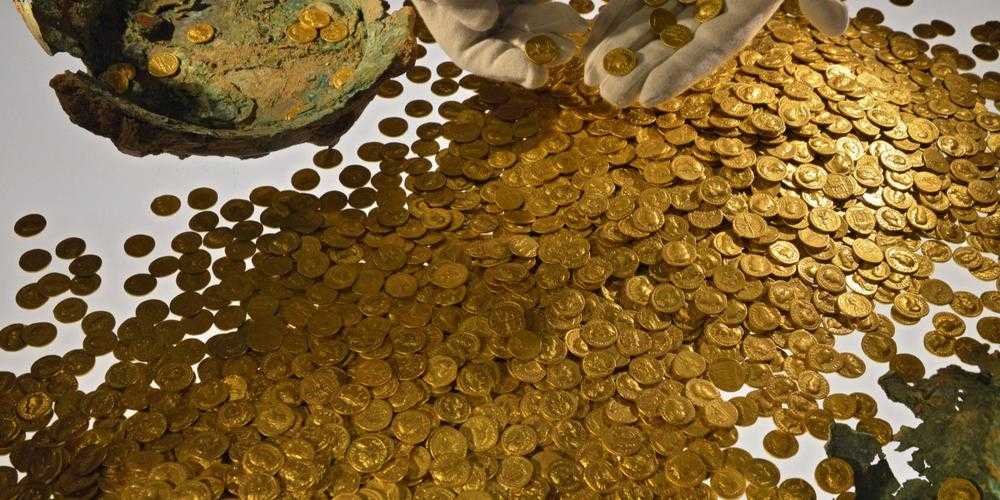
The Trier Gold Hoard stands as an emblem of the power, wealth, and intricacies inherent in the Roman Empire. Its discovery has not only captured the public’s imagination but has also evolved into a valuable resource for scholars and researchers.
This hoard serves as a testament to the significance of preserving historical artifacts and the insights they bring to our understanding of history and our place in the world. Its continued presence remains an essential element of the vibrant cultural heritage of the Roman Empire, making a substantial contribution to the ongoing narrative of humanity’s history.

